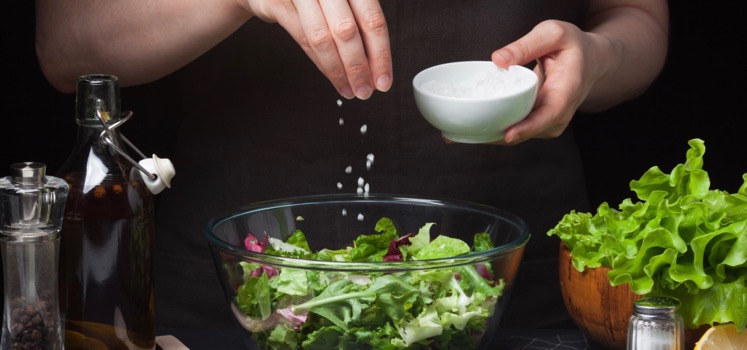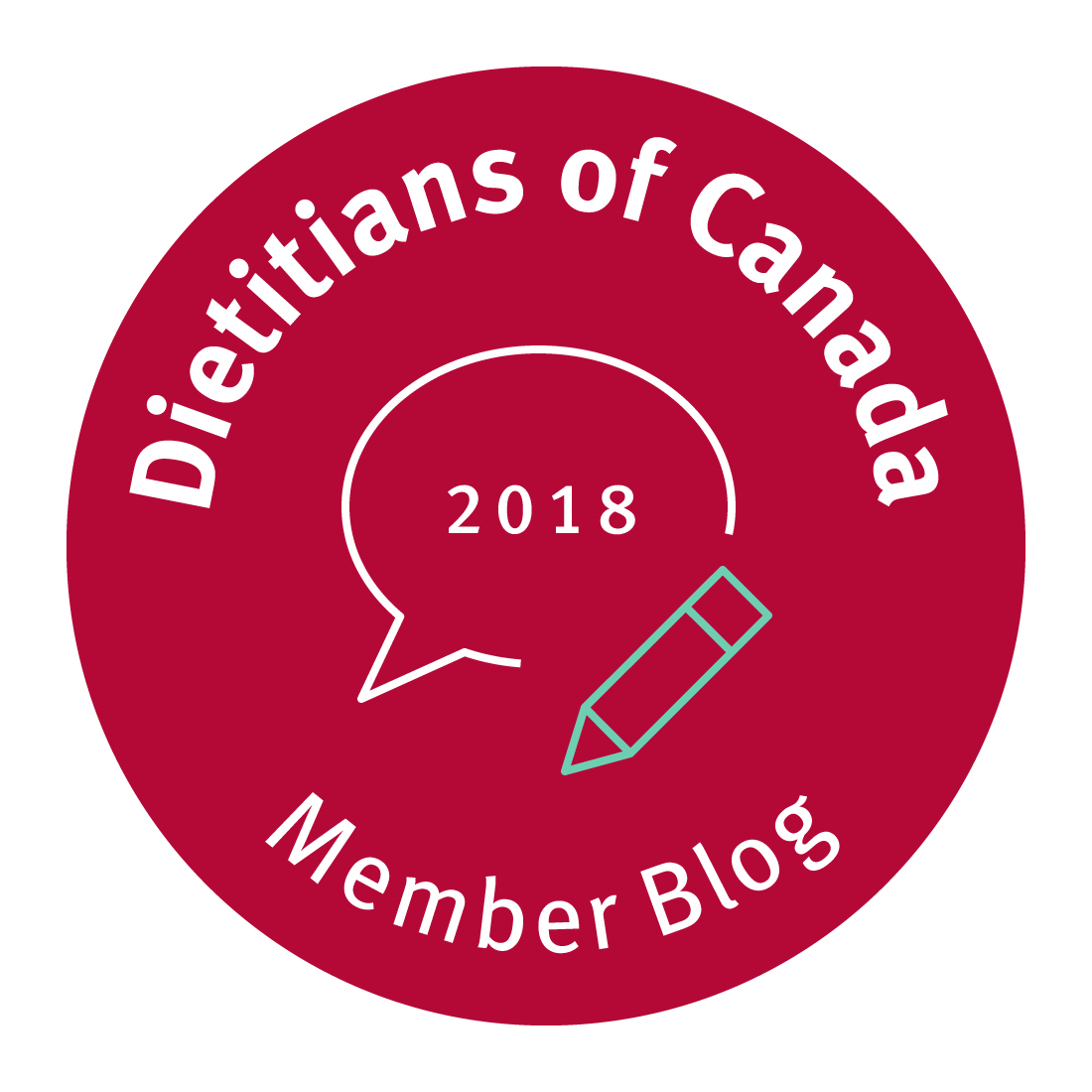More than half of Canadians get too much salt. And even more surprising—nearly three-quarters of children get more sodium than is recommended. Have questions about salt in your diet? Read on to learn more.
More than half of Canadians over the age of 1 get more than the maximum daily allowance of 2300 grams of sodium per day. Surprisingly, 72% of children between the age of 4 and 13 years are consuming sodium above the recommended guidelines.1 Here are some of the most common questions about sodium consumption.
Are sodium and salt the same thing?
Salt is also known as sodium chloride, and it is the sodium that is of concern to health. A daily allowance of 2300 grams of sodium intake is equivalent to one teaspoon table salt.
What happens if I eat too much sodium?
We only need a small amount of sodium per day and consuming too much could lead to high blood pressure which in turn may lead to heart disease or stroke. Currently, one in four Canadians is diagnosed with high blood pressure.1
What are the main sources of sodium?
Sodium chloride (salt) is the main source of sodium. Nearly half the sodium in Canadian diets comes from bakery products, mixed dishes, and processed meats. Other contributors are cheeses, soups, sauces and condiments.1 When trying to lower sodium in the diet it’s important to look at the big picture. It is not just about choosing foods with the lowest sodium content but rather selecting the most nutritious ones while aiming to keep the daily sodium intake within the recommended amount. For example, although cheese contains sodium, it is also an important source of some key nutrients that many Canadians lack.2
How can I lower my sodium intake?
One key place to focus attention is on processed foods. Did you know 77% of dietary sodium comes from commercially processed and prepared foods, 11% is added by consumers, and 12% occurs naturally in foods?3 Even some small changes in your cooking, eating and shopping practices could help lower your sodium intake. Start by incorporating one or two of the following practical ideas and tips!
Idea 1
Choose lower-sodium options while shopping for pre-packaged meals or when eating out. If you rely on canned foods, ready-to-eat meals or you are frequently eating out, you are most likely exceeding the maximum limit of sodium intake unless you pay close attention to their sodium content.
Tips
- Carefully watch the sodium content in processed meats such as smoked, cured or salted meat including sausages, bacon, cold cuts. For example, one thick slice of roasted ham may contain 1200 mg sodium which is half the daily sodium allowances.
- Choose nuts with no added salt. For example, add unsalted nuts to salads or a homemade trail mix.
- Explore healthier snacks to replace salted chips and popcorns. For example, you may enjoy a dip with cut-up vegetables such as celery or carrot, as much as you enjoyed salted chips.
- Choose canned food with no added salt.
- Choose gravies and sauces (including soy sauce, barbeque sauce, and others) that are lower in sodium.
- Choose fewer packaged foods and enjoy making your homemade meals with the family!4
Idea 2
Replace some of the salt you use with other flavourings while preparing your meal. Lower-salt dishes are not necessarily tasteless! Experiment with new food and herb combinations. You might be pleasantly surprised by what you find!
Here are some practical tips to reduce your salt (sodium) intake, while having tasty meals.
Tips
- Mint, tarragon, dill, basil, or other herbs are excellent choices to replace a portion of salt in your dishes.
- Lemon or lime juice and a variety of vinegars add great flavour.
- Garlic is also a great choice to add flavour and aroma to your dishes. For example, you can simply add some sliced fresh garlic when you sauté your vegetables.
- A pepper grinder is a good replacement for a salt shaker.
Foods, herbs & seasonings that pair well |
|
| Fish | Dill, garlic, coriander |
| Beef | Thyme, rosemary, oregano, garlic |
| Chicken | Curry, garlic, ginger, rosemary, saffron |
| Pizza | Oregano, basil |
| Tomato | Basil, oregano |
| Yogurt | Mint, shallot |
Idea 3
Follow one of the evidenced-informed healthy eating patterns.5 If you have already been diagnosed with high blood pressure, follow the DASH6diet which is designed to help lower blood pressure.
By Roya Hakami, PhD, Dietetic Intern, with Sydney Massey, MPH, RD
References
- https://www.canada.ca/content/dam/hc-sc/documents/services/publications/food-nutrition/sodium-intake-canadians-2017/2017-sodium-intakes-report-eng.pdf.Last accessed Oct 24, 2018.
- https://bcdairy.ca/milk/articles/milk-more-than-just-calcium. Last accessed Oct 24, 2018.
- https://www.ncbi.nlm.nih.gov/pubmed/1910064.Last accessed Nov 27, 2018.
- https://www.bettertogetherbc.ca.Last accessed Oct 24, 2018.
- https://bcdairy.ca/nutritioneducation/articles/what-diet-should-you-follow-this-year.Last accessed Oct 24, 2018.
- https://www.healthlinkbc.ca/health-topics/zp3284#zp3285. Last accessed Oct 24, 2018.




